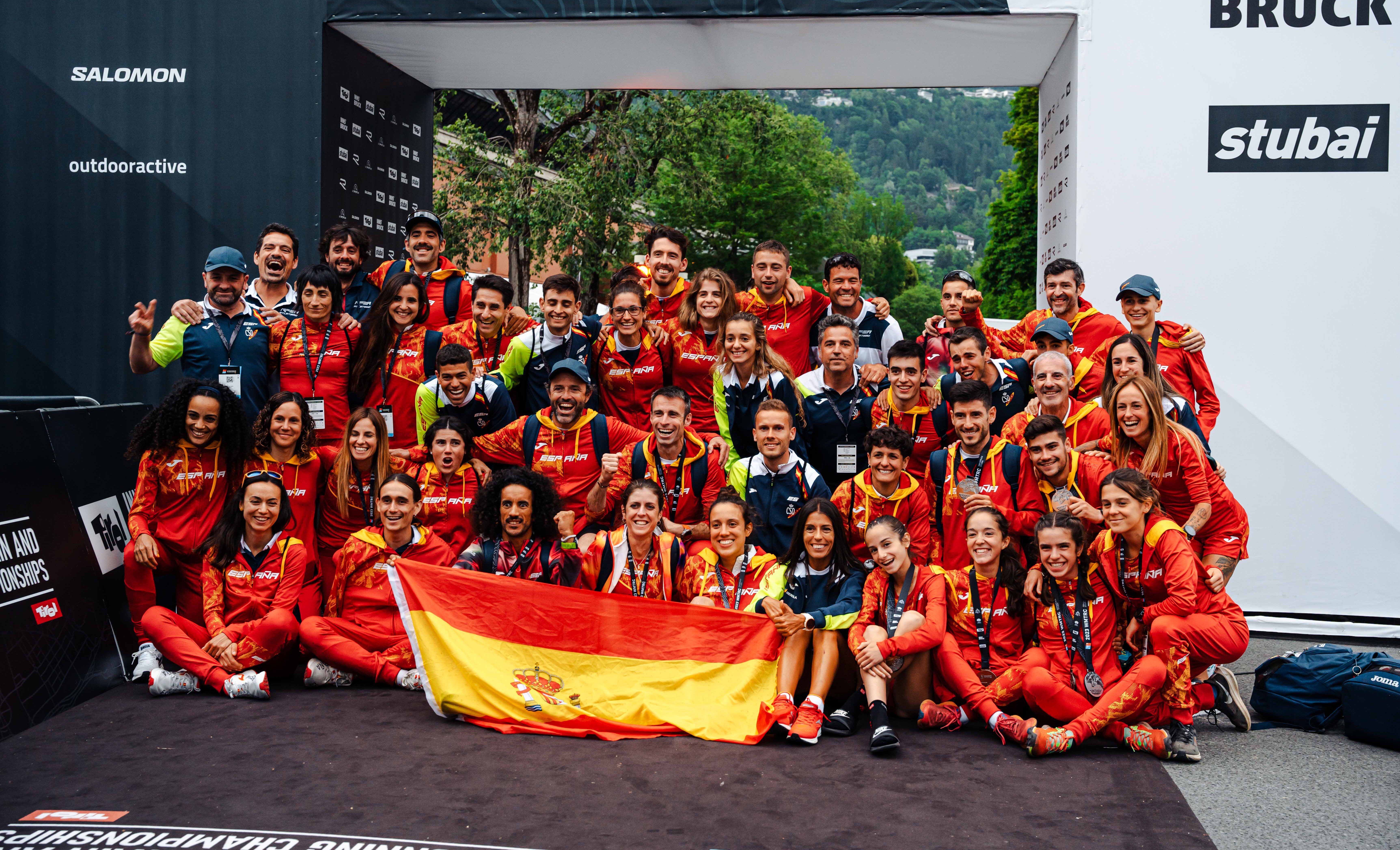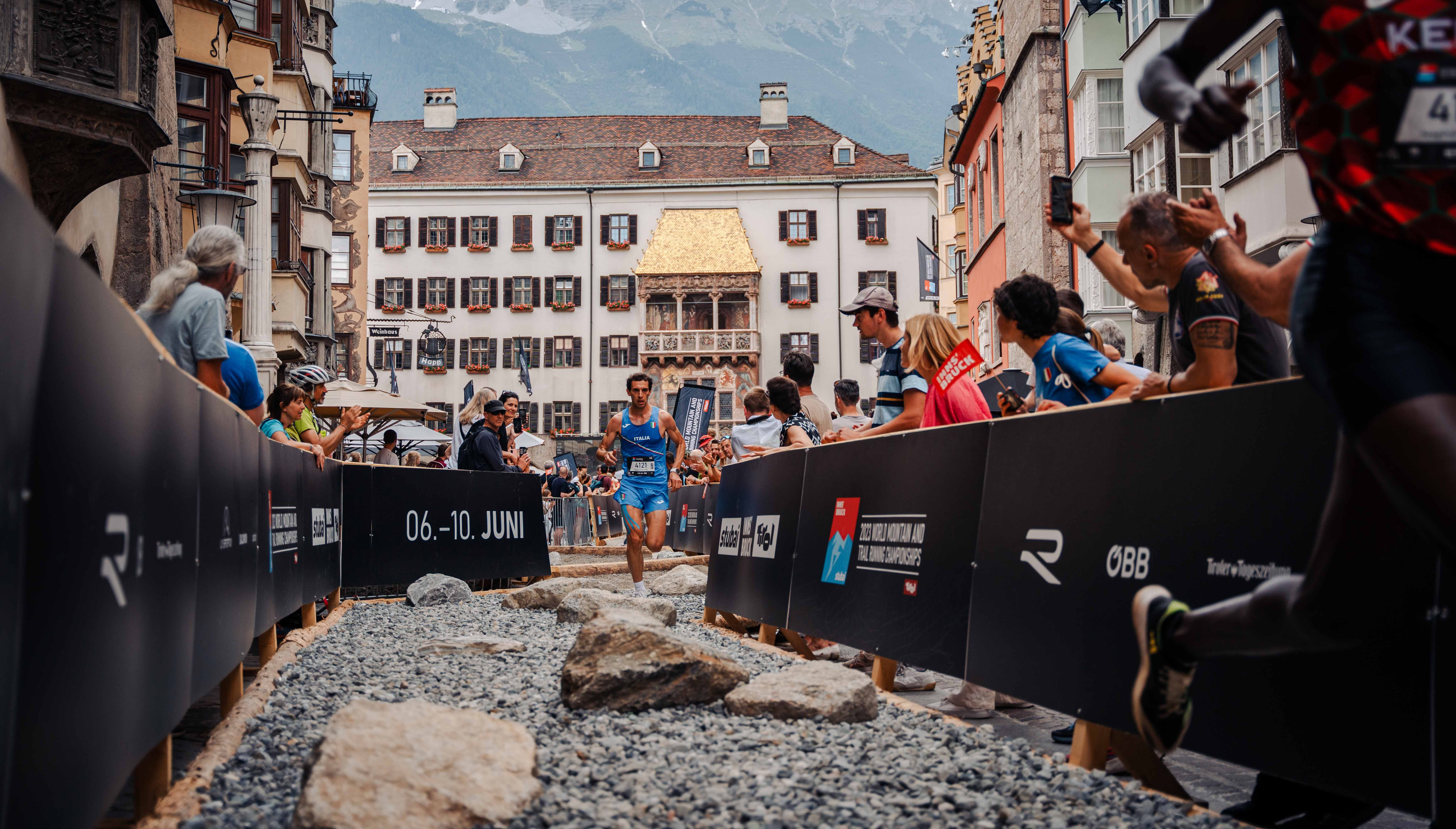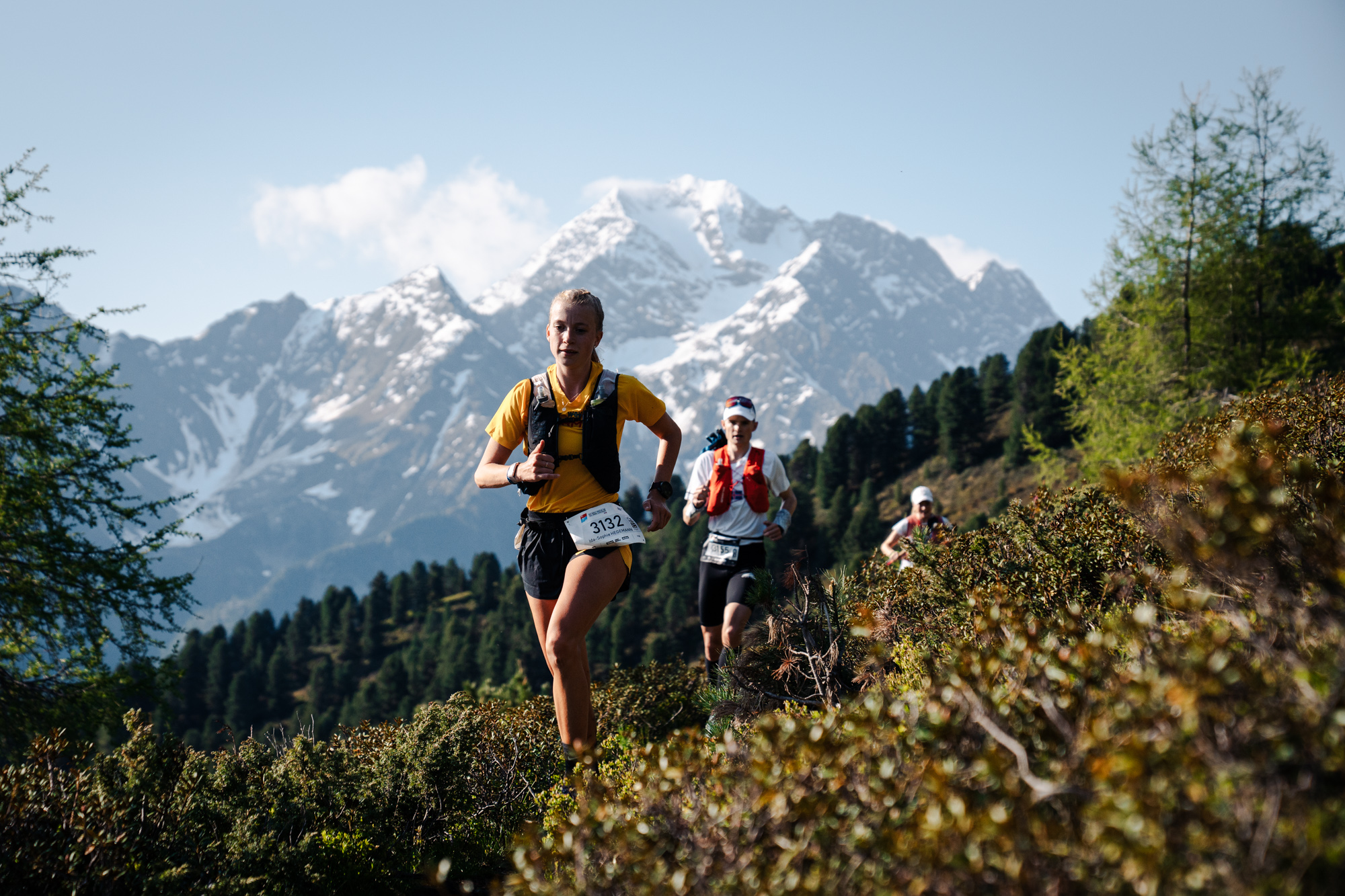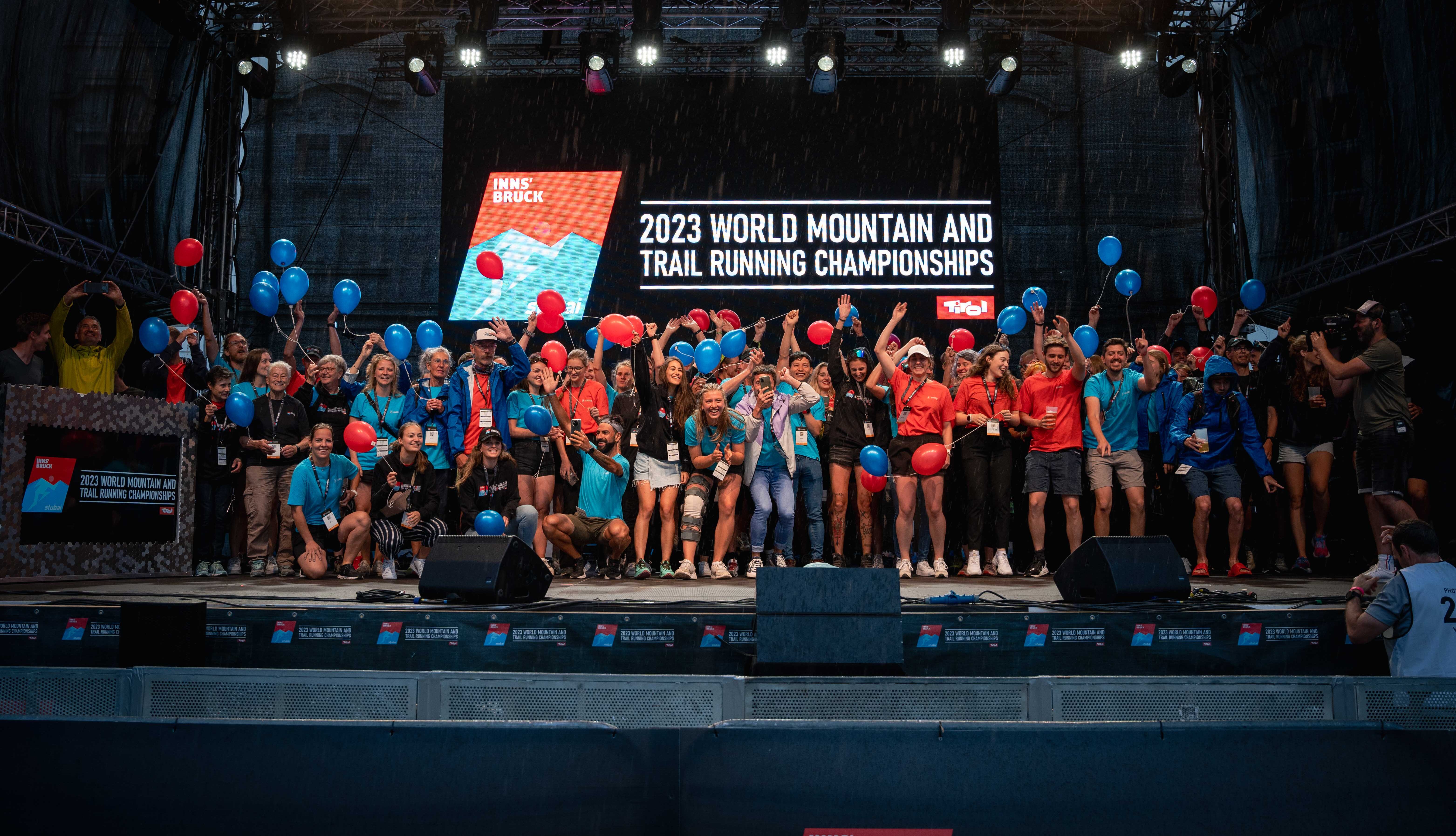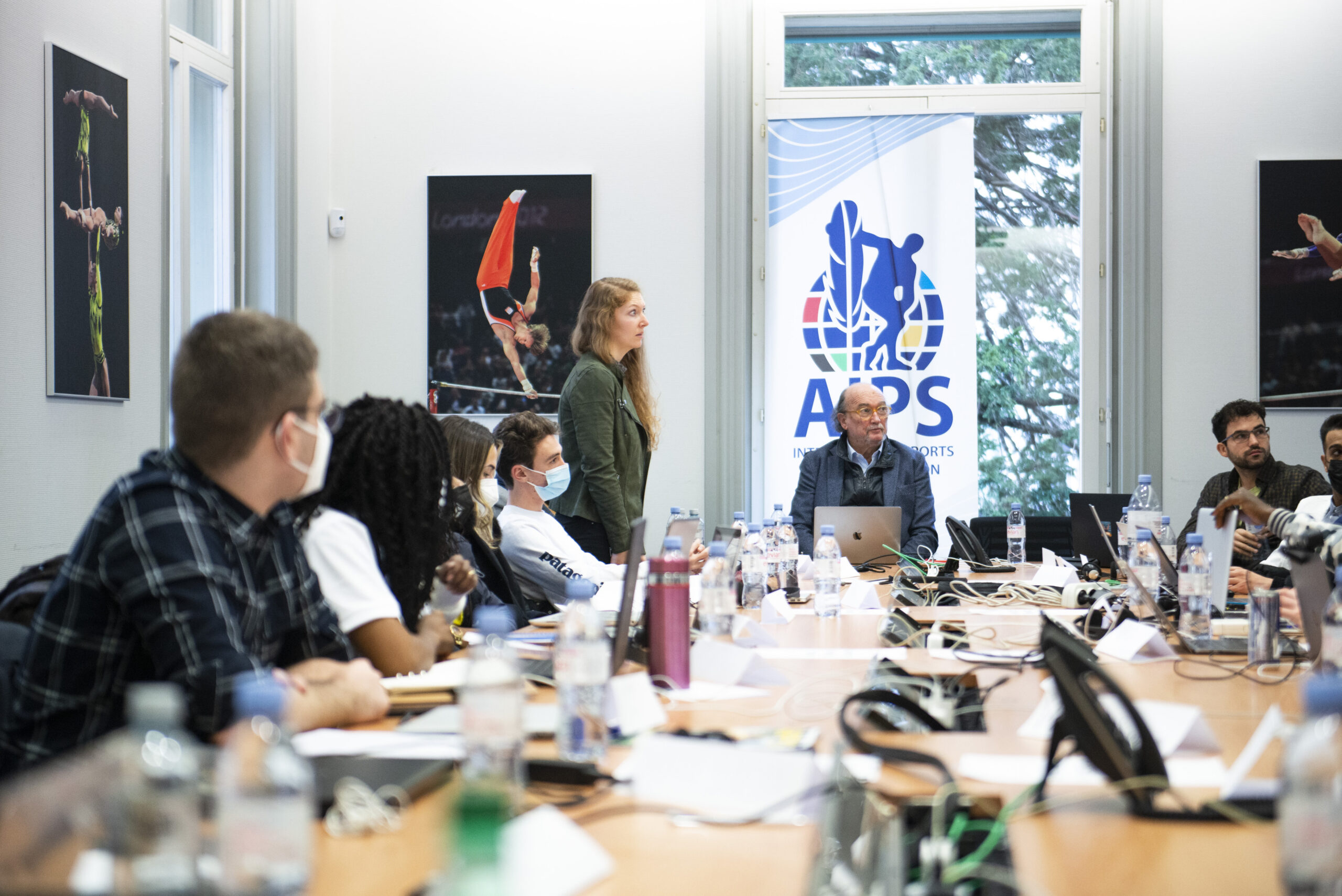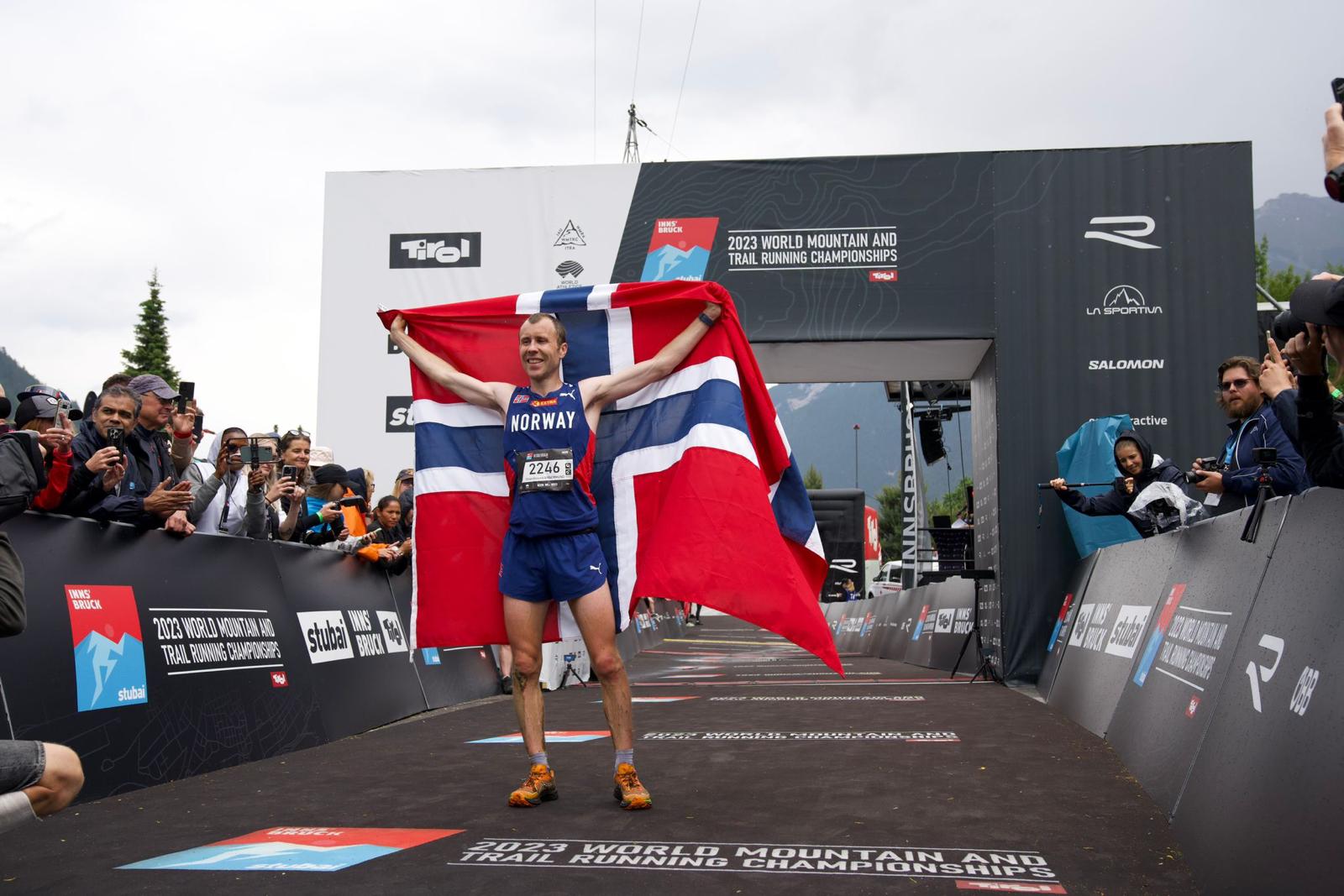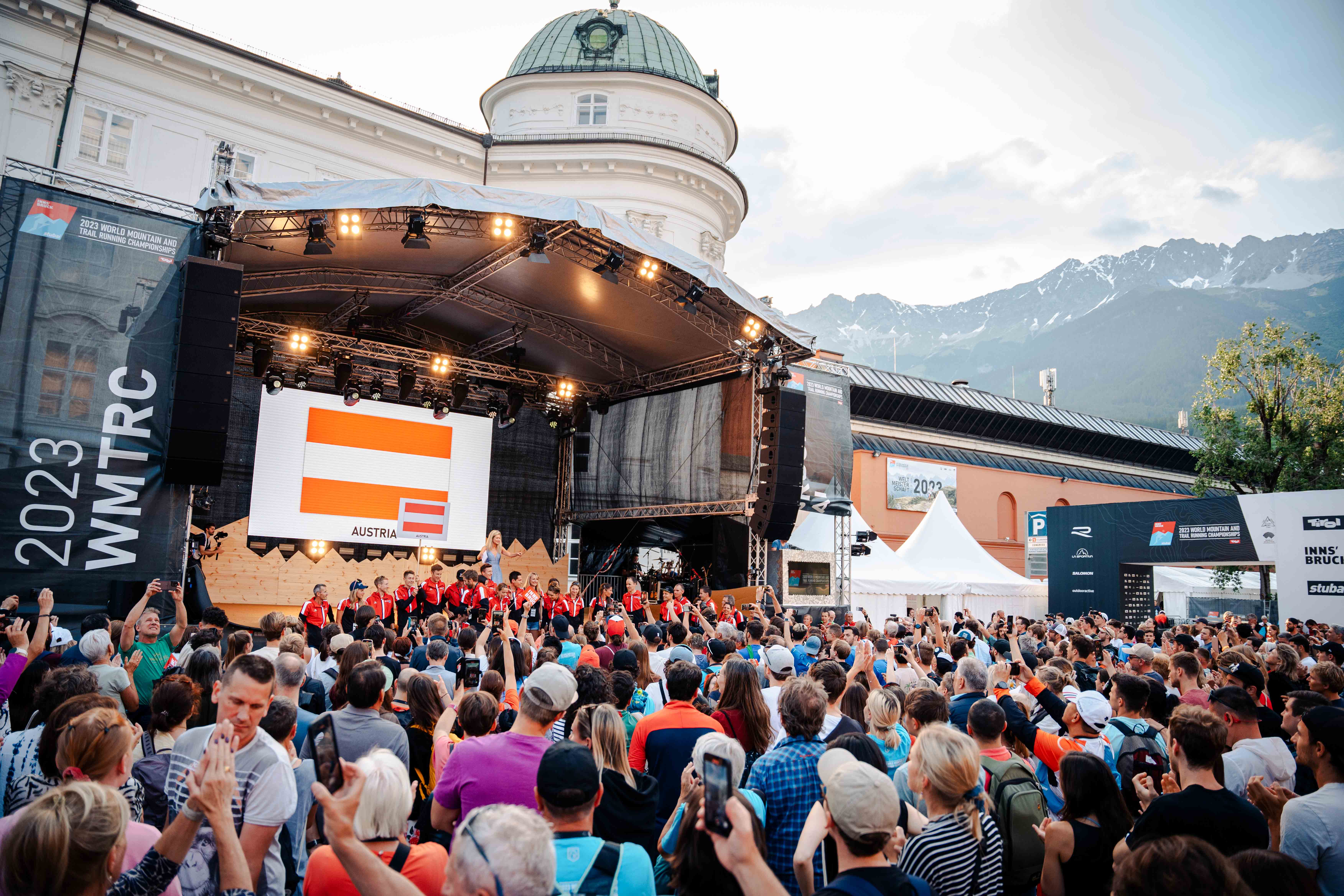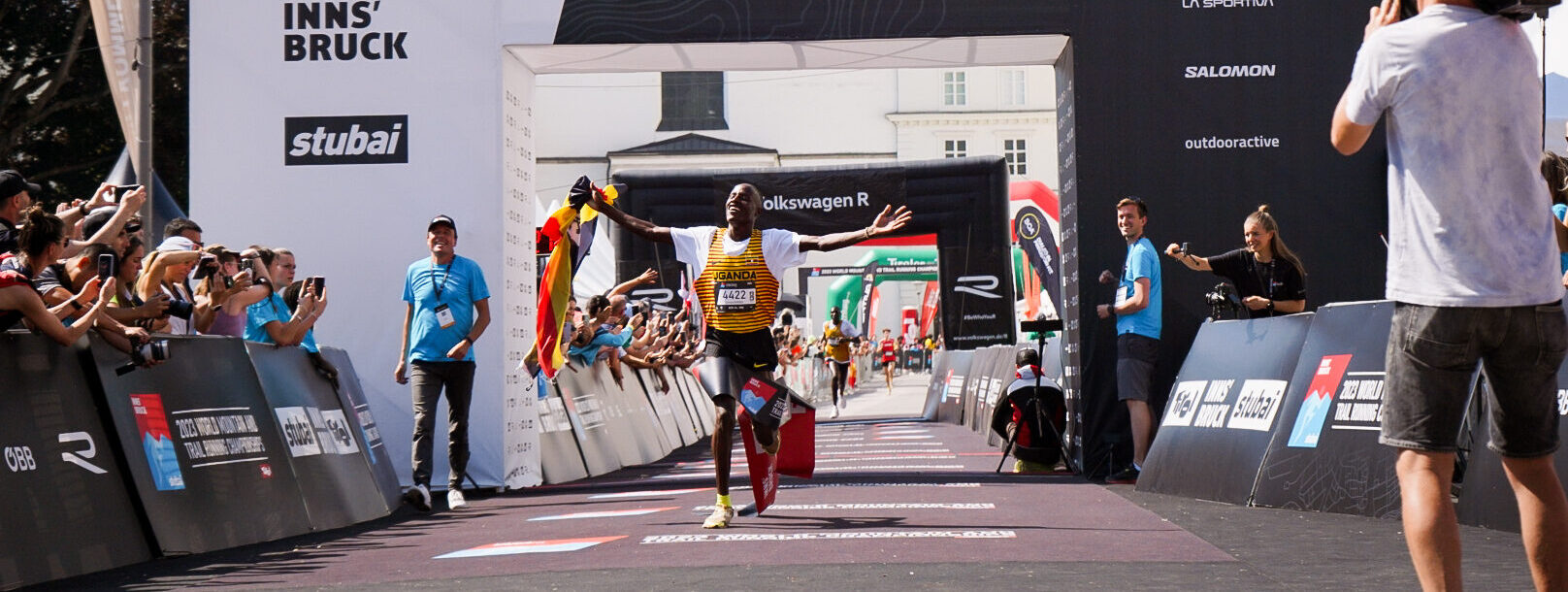60 days prior to the start of the second World Mountain and Trail Running Championships 2023 Innsbruck-Stubai, we had the opportunity to talk to Tomo Šarf, President of the World Mountain Running Association (WMRA).
Tomo, looking back to the WMTRC in Chiang Mai, Thailand, last November – what are the lessons learned from your point of view?
Well, I would state that the organizers did a very good job and they organized fair competitions. All in all, we were very pleased by the outcome but I’m far from comparing these World Championships to others, based on a variety of factors – Thailand organized the first WMTRC in challenging times and had to postpone them because of COVID twice. The WMTRC took place in a part of the world that differs from Europe in terms of mentality and culture, with a different, if not to say limited, experience in mountain-trail running; on top of that, courses and climate were challenging for everyone. I would therefore like to thank the Local Organizing Committee for all their efforts once again.
Innsbruck-Stubai will be different…
… again, no comparison. Of course, Austria has a Mountain Running tradition and thanks to past experiences I know the venues very well. We can all expect beautiful landscapes, nature and courses. And we know that the organizers are going to put together a professional, friendly and at the same time emotional event. I trust that the Local Organizing Committee has everything under control, and in the areas where our expertise is needed, we’ll be happy to support. My guess is that the only detail out of control will be – as per usual – the weather. I am hoping for nice weather, for all of us! And I am hoping there won’t be any unpleasant, unpredictable situations, like accidents, serious injuries, and so on.
What are the most important advantages of the WMTRC format from an organizational, sustainable, economical point of view for WMRA?
Interestingly, the WMRA has faced a situation similar to today 20 years ago already. We started organizing the European Mountain Running Championships in the 1990s, and in 2001 the event was handed over to European Athletics (EA). Some of us perceived this to be close to a catastrophe since the “product” was developed by the WMRA, who all of a sudden lost control. Personally, I saw it as a step forward, because European Athletics recognized Mountain running as an attractive sport and put a lot of effort into it. During the first years, WMRA experts helped as “European Athletics mountain Commission members” and “technical delegates”, but after a while this was no longer necessary.
I have similar feelings for the event on a global level. Yes, the WMRA has lost control and independence, but our championships are now recognized on a higher level. What is even more important for me is the fact that my “mountain running dreams” will finally come true: I hope that with the partnership of different international federations, people will stop perceiving trail and mountain running as two different sports. It is just one big, important sport. We just need to find a suitable term, and from my personal point of view the wording used by the EA describes this sport very well: Off-Road Championships.
I also hope that we will implement some changes in the program to make the event more interesting in the near future. Relays could be an important step in the right direction. When it comes to topics such as sustainability, I have to point out that mountain running and all the people who are connected to this sport, be it as runners or organizers, were and still are close to nature, and its preservation matters to them. Sustainability, footprint, legacy and so on are concepts not new to us.
Of course, the new format of World Mountain and Trail Running Championships has brought lots of changes – for the WMRA, for the runners, for the potential organizers and other stakeholders like sponsors or media. At the end of the day, however, there are two important positive aspects: Firstly, we’ll all start to understand that Mountain Running and Trail Running are just two different kinds of the same sport, with defined differences. Another positive aspect will be for our sport to reach a higher level in terms of organization, stakeholder relations, broadcast and media visibility, and so on.
How is the relationship between the WMRA and the International Trail Running Association (ITRA)? The WMRA is older and more established, the ITRA gathers more attention because due to higher membership numbers within the trail running scene.
The roots and the pillars of the WMRA and the ITRA are completely different, that’s a fact. All those past 35 years, the WMRA was more focused on the development of this sport and its international competition system, and it started when the sport was still in its infancy. The ITRA appeared much, much later, it was also founded for economic reasons, in a time when this kind of outdoor sport was really growing and lots of people were looking for new challenges. I don’t want to sound disrespectful, but a lot of guys “jumped on the trail running train”. These days, I believe that we at the WMRA and the ITRA want to develop those two kinds of outdoor sports together, while still keeping basic specifications of trail and mountain running. When the time is right, merging both international federations would be the most logical option for our sport.
But whatever will come: The future is ours. It’s up to us to shape it.

